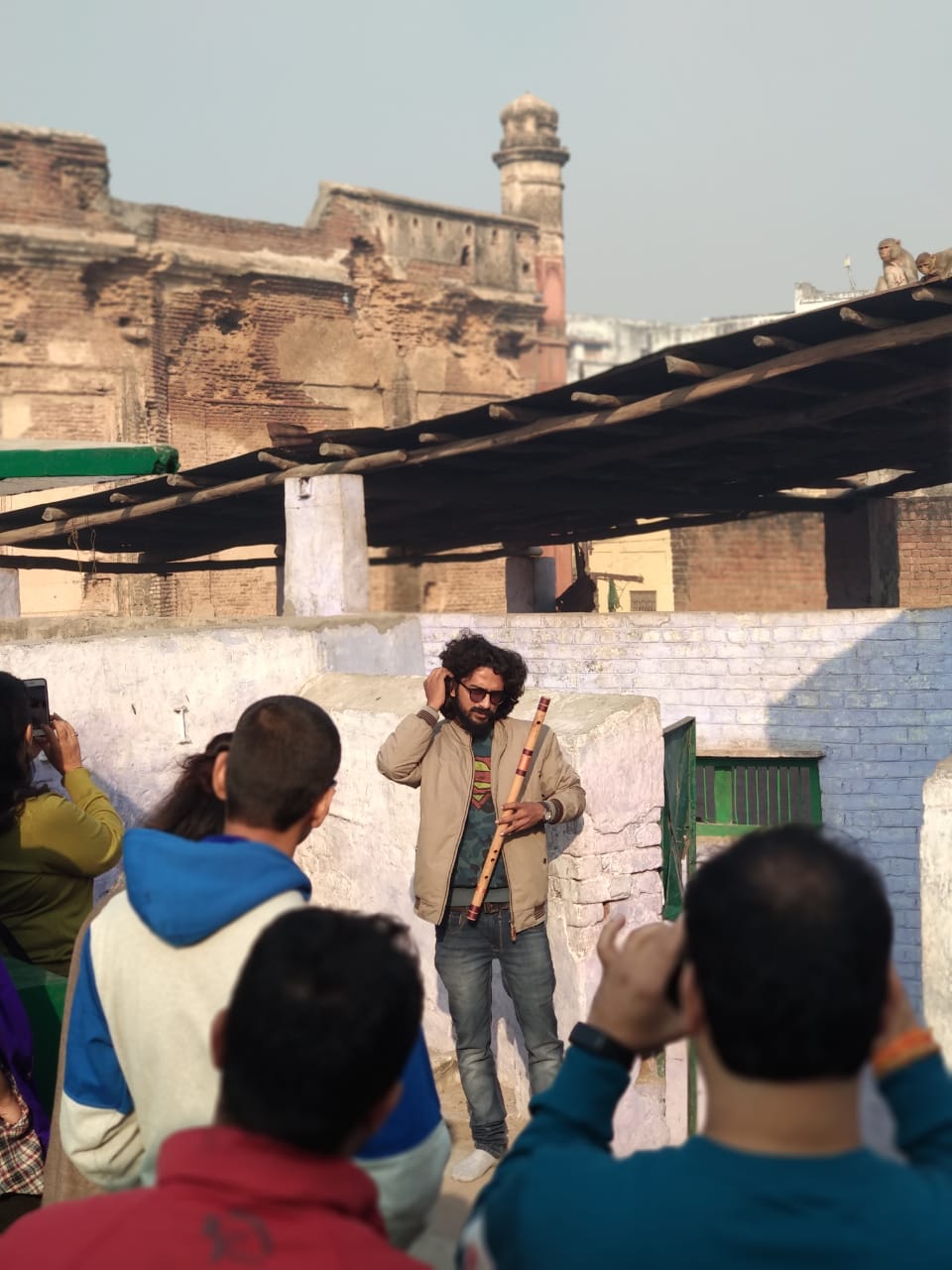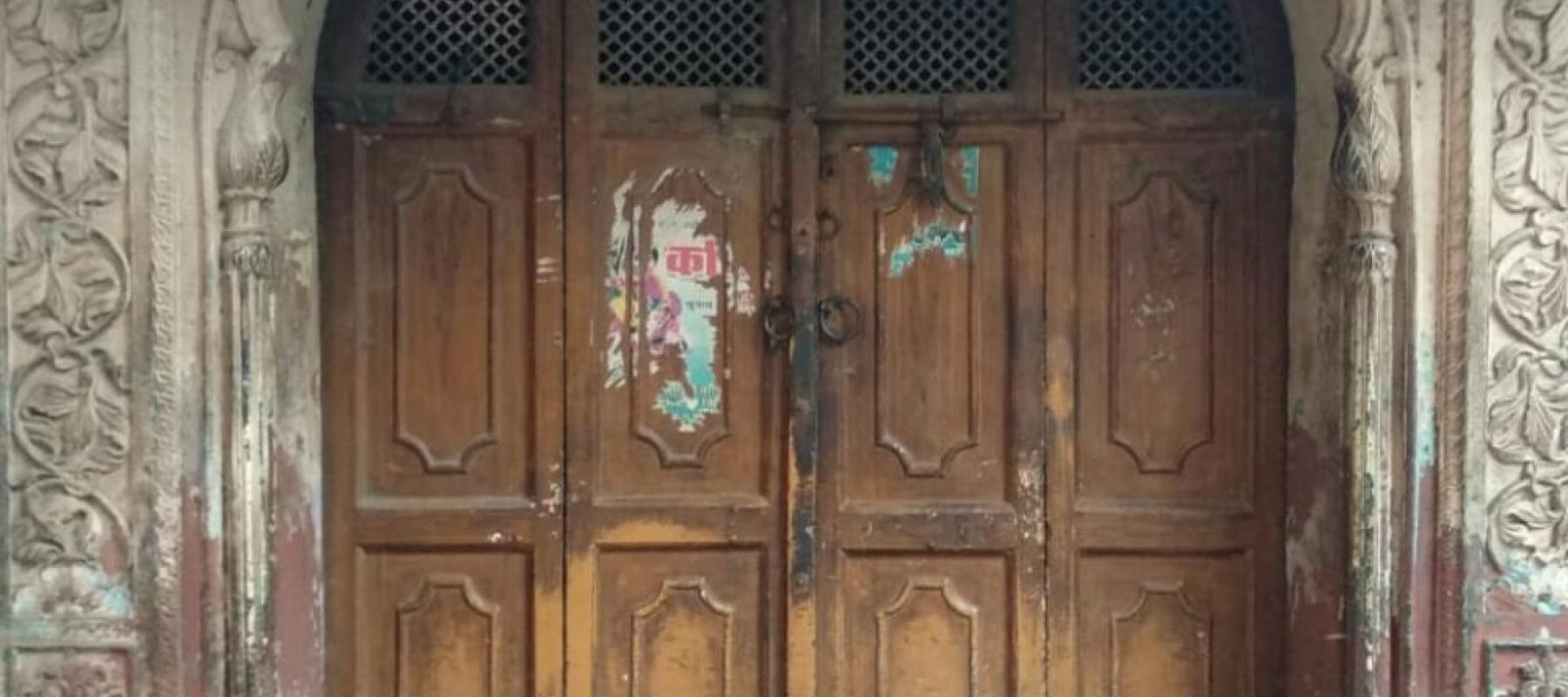They call it the city of love, but few know that Agra holds centuries' worth of stories, traditions, and emotions within itself. Although it has played muse to many great minds who have been inspired by its colourful character, its true charm lies in old chaotic lanes, where every corner is historical and every building is a piece of heritage.
As Ghalib wrote, it is a spectacle to see—a spectacle whose charm has been immortalized by the lovely poetry penned by the likes of Meer Taqi Meer, Abdul Rahim Khan-e-Khana, Nazeer, Maikash Akbarabadi, etc. But it’s time to take these creative endeavours forward, and capture the magic of the city through sketches.
On the occasion of World Heritage Day, Sahapedia, through its outreach programme, ‘India Heritage Walks’, brings to you a unique sketchwalk event. On April 7, participants will walk through Old Agra, exploring the space whilst listening to its history and significance, and sketching what inspires them.
Agra is said to have been founded in 1504 by Sikandar Lodi of the Delhi Sultanate. The city flourished as the capital under the Mughal rule, under which it was called Akbarabad. Owing to emperor Akbar’s policy of propagating secularism and religious tolerance, Agra saw influences from many beliefs and faiths. This seamless intermingling of cultures can be observed in the city’s architecture, culinary fabric and local communities. These influences make it a treasure trove of cultural heritage.

Magnificent but crumbling monuments, small ornate gates in 15th century lanes, tiny circular ladders, long alleviated balconies, old madrasa-like structures that are remnants of legacies of Sufi poets, intricately carved windows and doors, ruins that are beautiful in their own way—there’s a lot that can provoke one’s artistic temperament. Translate them onto paper as it is, or interpret them in fresh new forms. Come and exercise your visual expression in the form of live doodling, urban sketching, charcoal drawing or freestyle illustration.
The walk begins at the historic Jama Masjid, which was built in AD 1648 by Jahanara Begum—the daughter of Mughal emperor Shah Jahan. Built in red sandstone with elaborate marble decorations, it is one of the oldest and the biggest mosques in India. Surrounded by the thriving Agra Bazaar, the mosque has an interesting history, which will be discussed during the walk.
The walk then turns to a 15th century shopping street with picturesque architectural elements. We then head to Kala Mahal—the birthplace of the poet Ghalib, and the space that shaped his formative years. Here, we sit and doodle for 15 minutes. Then we climb up to a hidden terrace with an amazing view of the Taj Mahal, Jama Masjid and a large part of the old city. Here, we speak about the perspective and details of sketching urban landscape. We then trod through pre-Mughal period lanes, stopping at an 18th century temple called Dauji ka Mandir, where we discuss its history along with shading, depth and illustrations.

Join us on this heritage walk with artists and art experts from the JJ School of Arts, Mumbai, and Lalit Kala Sansthan, Agra, as they talk about the various artistic styles that can be found in the cityscape of Agra, the inspirations behind them, and their significance over time. The walk is being led by Anal Jha—a writer, musician, and poet from Agra—who knows of the city’s every nook and cranny, and is a vivacious storyteller. As you meander through the labyrinth of its bustling lanes and observe its ancient temples, magnificent havelis, and beautiful ruins, you can experience the unique legacy of Agra through your sketchbook.
This guided tour is free.
Please carry your own stationery for art.
For more details and registration, click here.
To find out more about Agra’s rich cultural legacy, click here.
References
https://www.sahapedia.org/sahapedia-heritage-walk-food-and-heritage-tour-of-agra-city
https://en.wikipedia.org/wiki/Jama_Mosque,_Agra
https://www.sahapedia.org/search/node/agra
https://www.indiaheritagewalks.org/walk-through-old-ruins-agra
.
.

